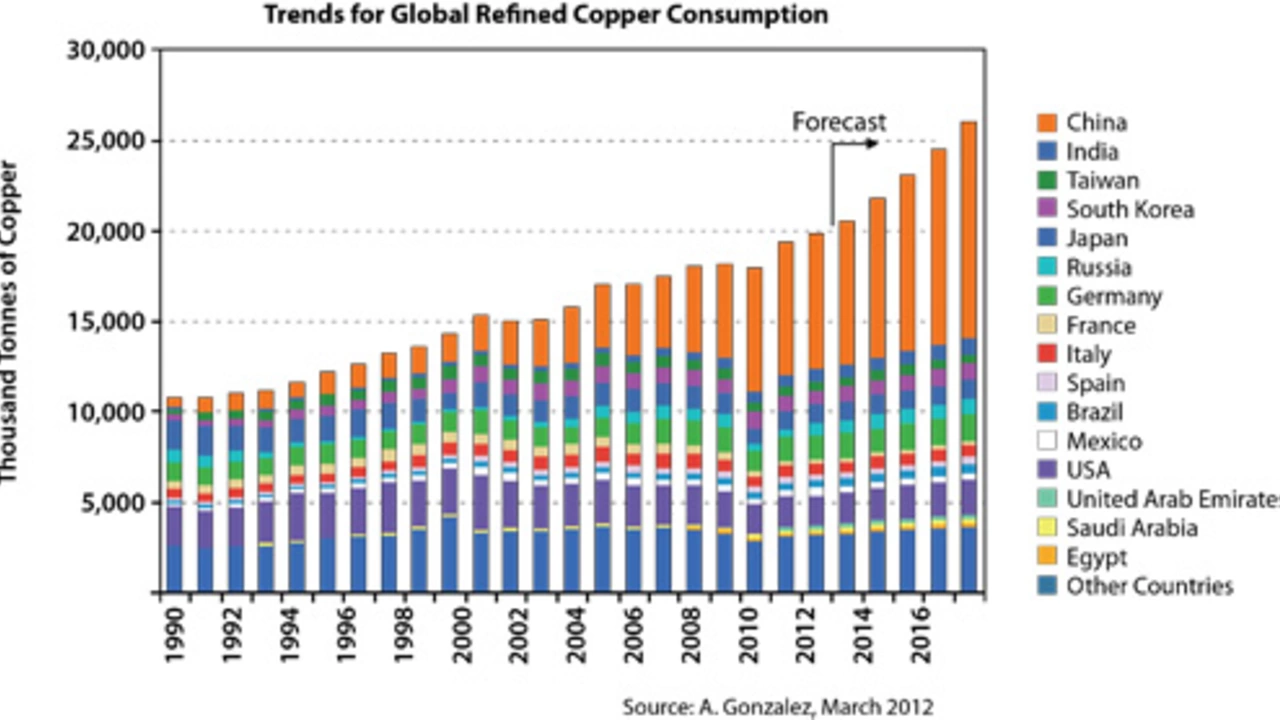Comparative Analysis: India vs China – Which Nation Stands Out?
If you ever wondered whether India beats China or the other way around, you’re not alone. People compare the two all the time because they’re the biggest players in Asia and their paths affect the whole world. This page breaks down the biggest differences in plain language so you can decide which factors matter most to you.
Economic and Infrastructure Differences
First up, money. China’s GDP is larger than India’s and its growth rate has stayed steady for the past decade. That translates into more factories, bigger export volumes, and a smoother supply chain for many products. If you need a gadget made quickly, Chinese factories usually win. India, on the other hand, has a younger workforce and a booming services sector. Tech startups, IT outsourcing, and a growing middle class are pulling the economy forward. The Indian rupee is still catching up, but the country’s demographic advantage could mean faster growth in the years ahead.
Infrastructure shows a similar split. China’s high‑speed rail network stretches over 40,000 km, and its cities boast modern metros and highways. In India, major metros like Delhi and Mumbai are expanding, but many rural areas still lack reliable roads and electricity. If you value fast travel and reliable logistics, China currently has the edge.
Freedom, Culture, and Everyday Life
When it comes to personal freedoms, India scores higher. The country is a democracy with a free press, regular elections, and a legal system that lets citizens challenge the government. You can openly discuss politics on social media without fearing immediate censorship.
China operates under a one‑party system, which means tighter control over media and the internet. That can feel restrictive if you’re used to speaking your mind online. However, many Chinese citizens appreciate the stability and rapid modernization that comes with that model.
Cultural diversity is another point of contrast. India is a mosaic of languages, religions, and cuisines. You can travel from a Himalayan village to a Tamil beach town and experience completely different traditions within a single day. China also has varied cultures, especially among its ethnic minorities, but the dominant Han culture shapes most of the public sphere.
On everyday costs, India generally feels cheaper. Food, public transport, and housing are more affordable in most Indian cities compared to Chinese megacities like Shanghai or Shenzhen. If budget is a top concern, India tends to stretch a rupee further.
Both nations are investing heavily in technology. China leads in AI, 5G rollout, and manufacturing automation. India is catching up fast in software development, fintech, and digital payments, thanks to its large English‑speaking talent pool.
So, which country is "better"? It depends on what you value. If you prioritize economic scale, cutting‑edge infrastructure, and fast production, China currently takes the lead. If you care more about democratic freedoms, cultural variety, and lower living costs, India offers a stronger case.
At the end of the day, both countries have strengths that can complement each other. Understanding the trade‑offs helps you make an informed choice whether you’re planning to study, work, invest, or simply follow the news.
Keep an eye on both economies—both are set to shape global trends for decades to come.

Is India a better country than China?
Assessing whether India is better than China isn't a straightforward task, as it's subjective and depends on various factors. Economically, China is ahead, but India excels in terms of democracy and freedom of speech. China's infrastructure and technological advancements are commendable, but India's cultural diversity and democratic fabric are equally admirable. It's crucial to appreciate both nations' strengths and understand that each has its unique path of development. In the end, the 'better' country is really a matter of perspective and priorities.